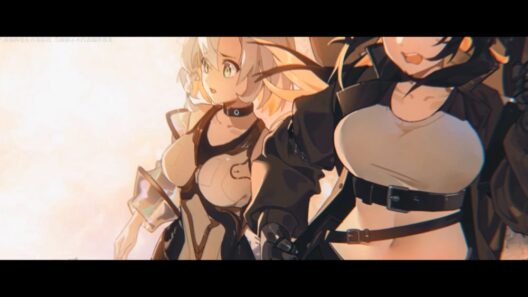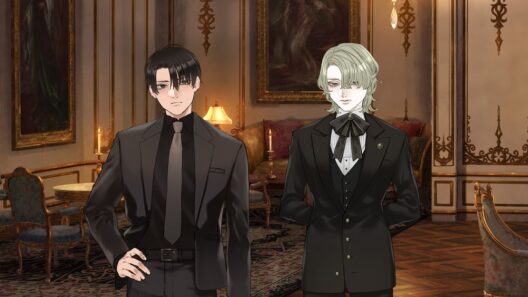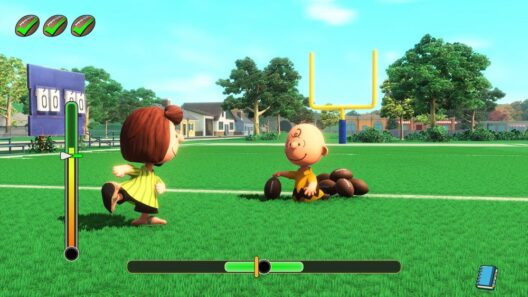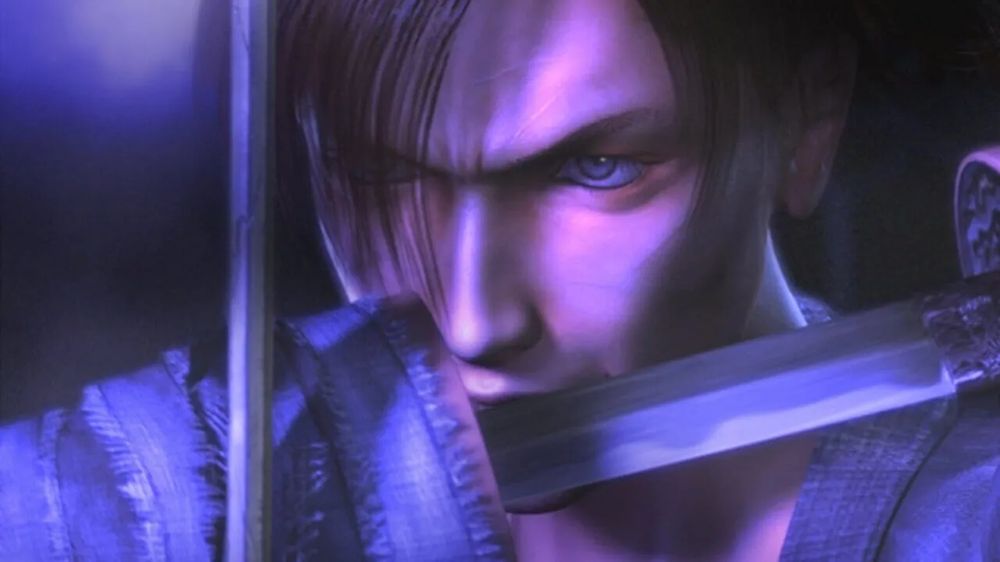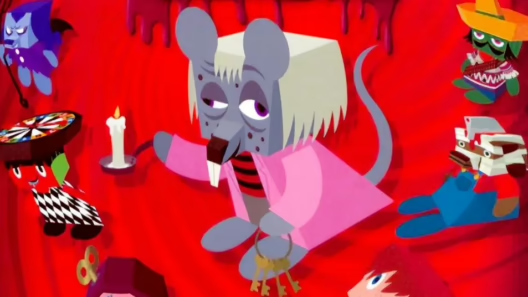Blood Will Tell: Tezuka Osamu’s Dororo was released for the PlayStation 2 console in 2004. Developed by Red Entertainment and published by Sega, it became a highly recommended title, but has since been forgotten, never to be revived.
The plot of Blood Will Tell takes place in the 1470s, in the mid-to-late Muromachi period. We find ourselves on the Noto Peninsula in the Hokuriku district, where a strange samurai travels the world in search of dangerous demons. His name is Hyakkimaru, and his story is fraught with tragedy. Before he was born, his father, the powerful Kagemitsu Daigo, made a pact with demons to unify Japan under his sword.
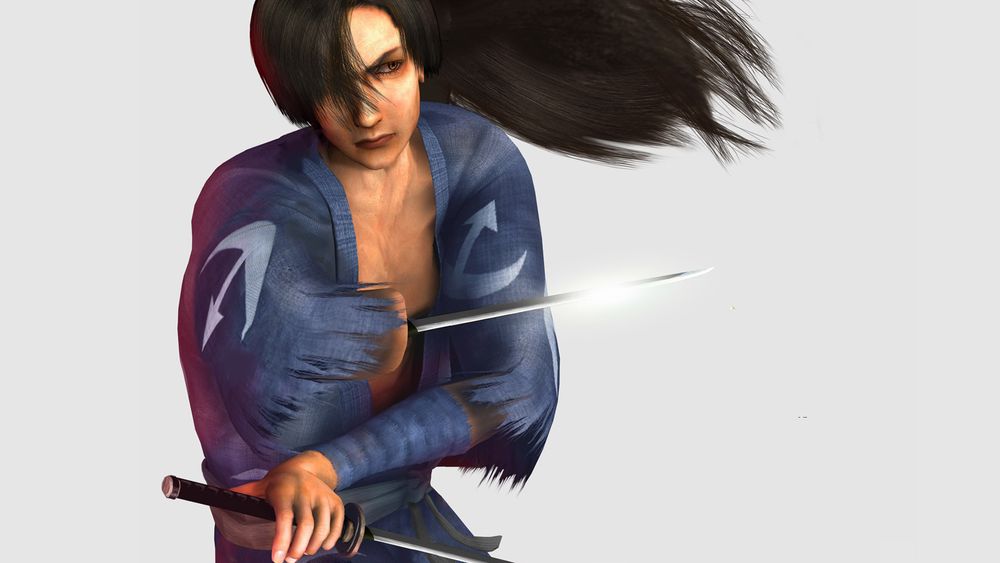
The demons would grant him all the power he needed, but he would lose what he held most dear. They spoke of his future child, a boy whom the demons did not kill, as they did something worse: removing up to 48 parts of his innocent body. Kagemitsu, terrified, and against the will of his submissive wife, abandons the newborn in a river, inside a small barrel. Fortunately for the baby, a doctor finds him, and when he observes the child’s willpower, decides to build him a mechanical body.
Step by step, the abandoned child, now called Hyakkimaru, begins to enjoy a normal life, running, seeing with false eyes, and performing actions worthy of a powerful samurai. When he turns 18, a voice will reveal the secret of his curse and offer him a solution: 48 demons stole the same number of his body parts; each time he kills one, he will get a part back. Knowing his mission, Hyakkimaru will not hesitate to embark on a dangerous adventure with the goal of recovering every last piece of his human body. Along the way, he will meet Dororo, a young thief who from then on will not leave the side of this new and unusual friend. Together they must face numerous dangers, including Kagemitsu Daigo himself, Hyakkimaru’s father, although he does not yet know it.
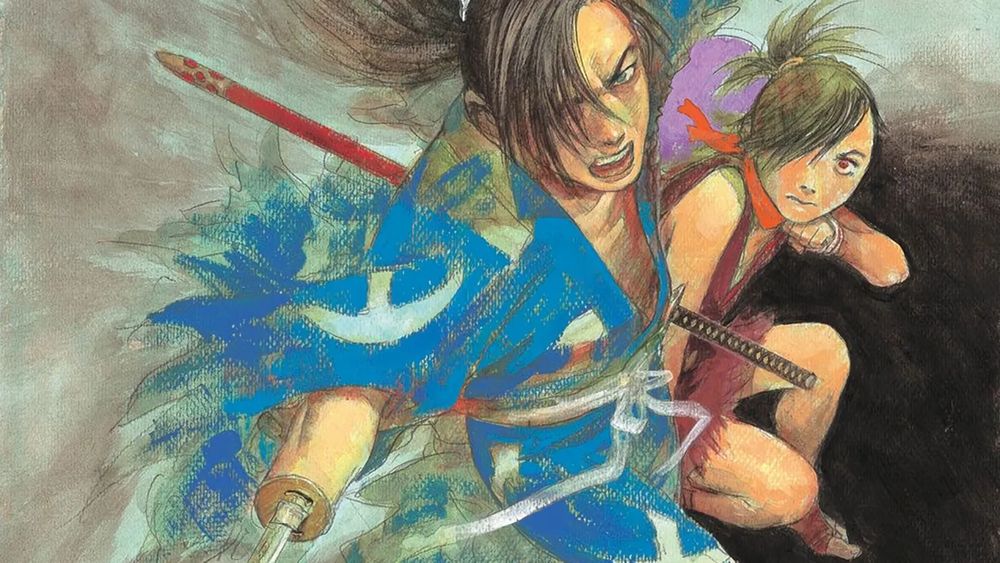
Gameplay
WOW Entertainment and Red Entertainment had in mind developing an action game faithful to Tezuka’s work, where not only combat was involved, but also included exploration elements. Its foundation should be something more similar to Onimusha than to games like Dynasty Warriors, although the battles would carry the main weight of the story. After giving the game a proper run, we can assure you that WOW has achieved a more than decent mix, although they have tried to include too many elements unrelated to the action.
We’ll spend 80% of the time slashing demons with our weapons, but on more than one occasion, and usually controlling Dororo, we’ll have to face pure platforming levels. Traversing them wouldn’t be a problem, but the camera, which is annoying for most of the game, plays the worst role of the entire product here. The result is a significant loss of rhythm, since we go from killing hundreds of demons to falling over and over again.
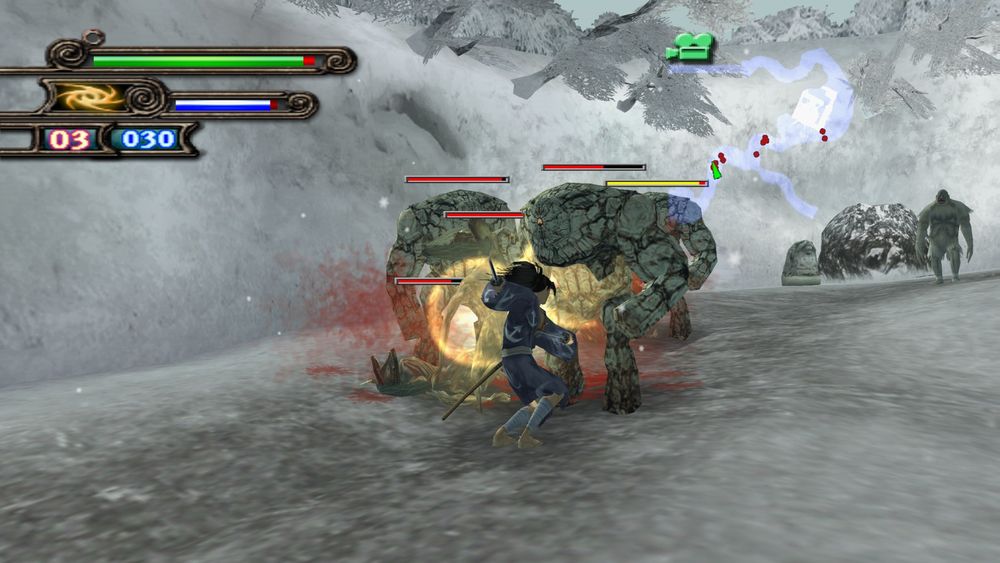
We begin by controlling the cursed samurai Hyakkimaru, in a black and white view that accompanies us through the first few screens (until we recover his left eye). This character is a true master of combat, able to attack in two different ways: with his body weapons or with his samurai sword. As if that weren’t enough, Hyakkimaru can fire a machine gun and launch bazooka shots with one of his legs (the doctor who cured the protagonist was a genius), although both resources have limited ammunition. Other important character movements include the ability to jump (double jump if we press it again) or to give orders to Dororo, who will follow us through most levels. Likewise, if we hold down the L1 button and press X along with one of the directions on the left stick, we can evade opponents in various ways (and even strike while dodging).
Dororo, the secondary character who plays a key role in many levels, will have similar moves, although can only attack with his fists, legs, or head. To remedy this, Dororo has a wide range of throwing weapons, initially consisting only of stones, but later expanded to include bombs, poisoned darts, and flying knives. Dororo will face most of the adventure’s puzzles, all of which are easy to solve, but in some cases notable for their convoluted mechanics. It’s not uncommon to go through more than one puzzle, trying combinations and testing our patience by moving pieces, as logic and clues will be absent. Where the game shines most is in the boss fights, which are very common throughout the game, as there are 48 different great demons.

Overall, Blood Will Tell is a fairly enjoyable action game, demanding for those who want to get 100%, and challenging in the later levels. Those who enjoy facing dangerous bosses while following a storyline accompanied by interesting conversational scenes will have a great time with this game. The gameplay suffers from an undesirable camera and loading times that are too continuous, but it’s certainly a rewarding experience. Hyakkimaru’s combos, the generous size of some stages, the various hidden swords and magic spells, and the ability to recover lost body parts (which will improve or offer new features to the hero) are enough positive points to give it a try.
Graphics
WOW Entertainment offers us a treacherous camera at numerous moments in the game. Fortunately, this isn’t always the case. The poor camera quality will be especially noticeable on the platform screens. The stages are extensive, and in some cases offer a top-quality look, very faithful to ancient Japan, but their interactivity with the characters is minimal. We can break certain objects in the environments, such as barrels or crates, although only those created for that purpose. The rest will be completely pre-rendered; we won’t open doors, our weapons won’t damage anything, nor will we make a dent in the Japanese tatami mats while we fight.
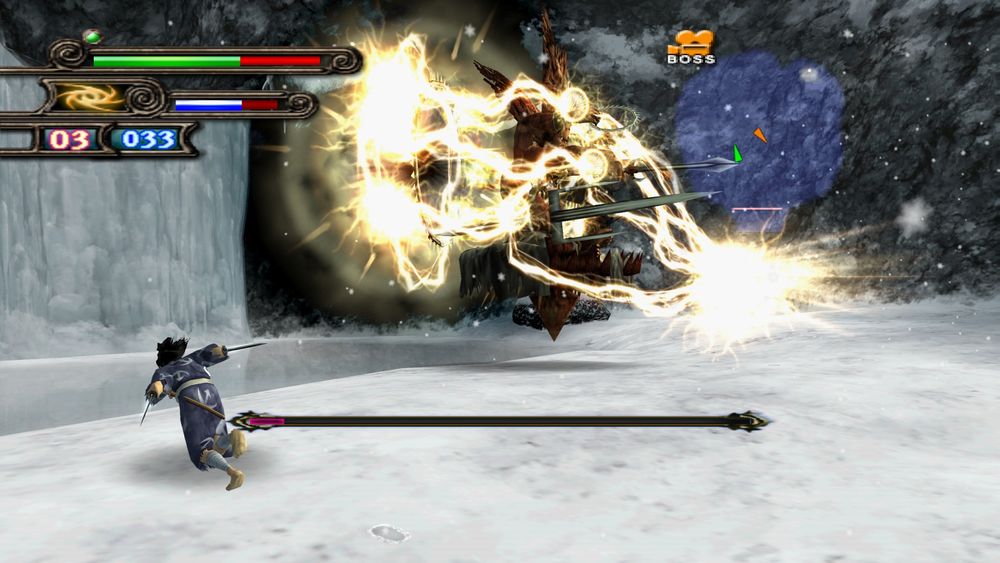
On the positive side, the heroes animations are more than well-crafted, the secondary characters have very interesting faces, and the enemy catalog is convincing. The animations were recorded with motion capture, using sensors in the main areas of the body, including the feet, which play an important role in the development of combat. On the other hand, numerous lighting effects stand out, most of them caused by the swords, with air currents, flashes, and other effects that will perfectly accompany the game. On the enemy design level, Mahiro Maeda (Blue Submarine No. 6) designed the enemies, while Hiroaki Samura, author of the manga The Immortal’s Blade, designed the characters and illustrations as you can see in the artwork.
Music & Sound
Blood Will Tell’s soundtrack takes a welcome backseat for most of the game. Its job is limited to coloring our killing spree with very low, relaxing melodies or traditional sounds from the Japanese era in which we find ourselves. In many cases, the soundtrack doesn’t even achieve that, remaining a mere ambiance with faint background sounds. Regarding the audio, we only have the option to listen to English voices, and while they don’t match the quality of Japanese voices available in the Japanese edition of the game, they don’t perform badly either. All dialogue, as well as the narrator’s lines, are subtitled in different languages depending of your edition.
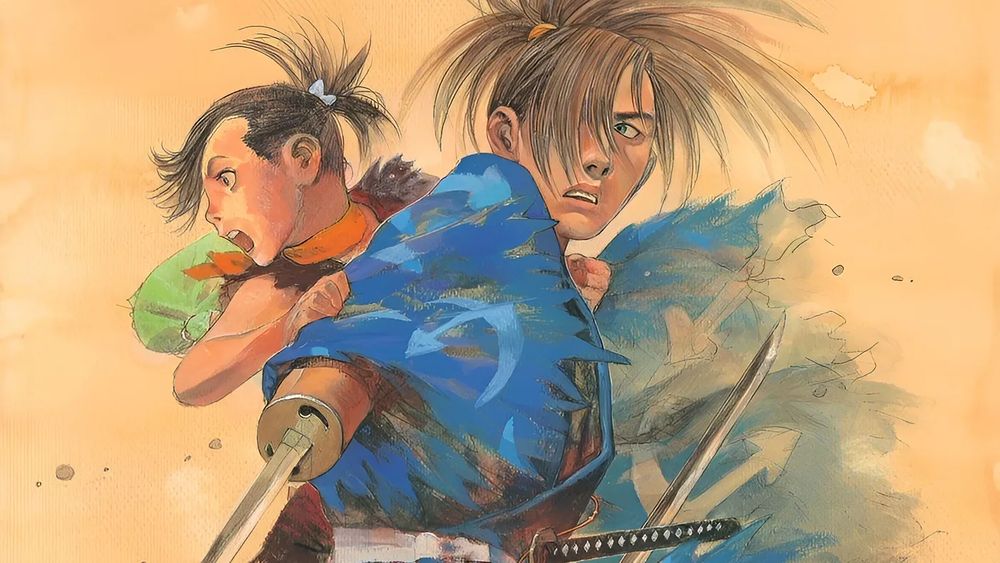
Is Blood Will Tell: Tezuka Osamu’s Dororo good?
Due to a few flaws, it’s not a perfect or outstanding action game, but it’s interesting enough to enjoy. Its story mode will have us repeating levels a couple of times to eliminate all the monsters, since if we finish the game without all 48 body parts, we won’t see the true ending. Therefore, the game’s longevity is more than assured, reinforced by some extras, such as Dororo mode, galleries, and a complete encyclopedia.

